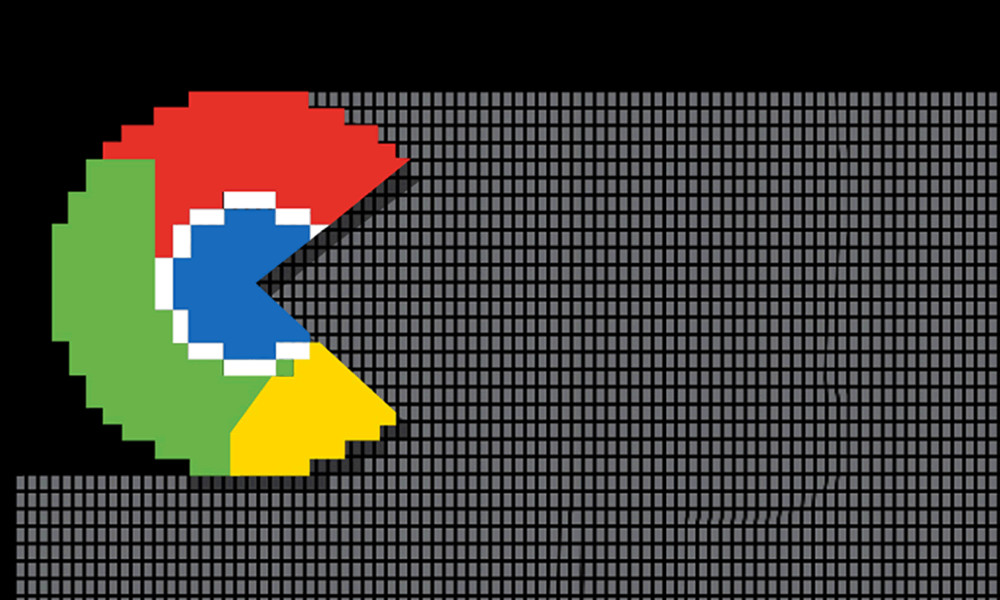
Chromium, and therefore Google Chrome, it is an impressive technology and one that offers a very good performance when it comes to rendering web pages and dealing with JavaScript. However, certain voices accuse it of swallowing too many resources and, in some cases, of being a poorly polished technology.
Regardless of whether or not Google Chrome is a polished technology, the search engine giant has announced through the Chrome Developers blog the introduction of a new phase at the development level, early stable, which would be published a few days before the official launch and would be implemented starting with version 110 of the browser. The Google Chrome 110 calendar has been as follows, as the company has exposed:
- Beta: January 12, 2023
- Early stable: February 1, 2023
- Stable: February 7, 2023
Google explains that the “early stable” phase it would not be available to all users, but would only reach a small percentage of these, so the vast majority will continue to receive Chrome through the channels and go through the usual phases. It’s important to note that the Beta and Developer channels can be downloaded separately for Windows, Linux, and macOS on desktop, while the Canary channel, created specifically for developers, only supports Windows and macOS at the desktop level.
The Mountain View giant says that, “by launching in stable phase to a small percentage of users earlier, we have the opportunity to monitor the release before it rolls out to all of our users. If some spectacular problem is discovered, it can be addressed while the impact is relatively small.”
It doesn’t take a genius to conclude that Google’s intention with the “early stable” phase is to correct as soon as possible those bugs that have not been detected a few days after the official launch. Although the company will surely have a team of testers to make sure everything is in order, they will always be fewer than the hundreds of millions of users that Chrome has, which remains by far the most used web browser. the world on both desktop and mobile.
Looking at the panorama, it is possible that Google makes a selective deployment of the “early stable” phase, that is, those who receive Chrome in that phase would be people who have contributed in one way or another to the development of the application, even if it is Just reporting bugs.
And since we are exposing the future schedule of Chrome, we remind you that Google will end support for Windows 7 and Windows 8.1 on January 10, 2023 (in about three weeks). We will see if the company stands by its decision until the end or if it postpones the end of support for these operating systems.




